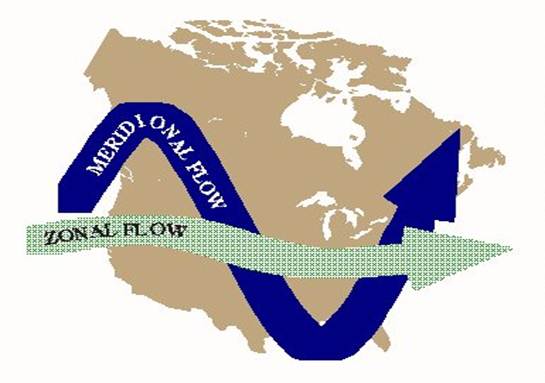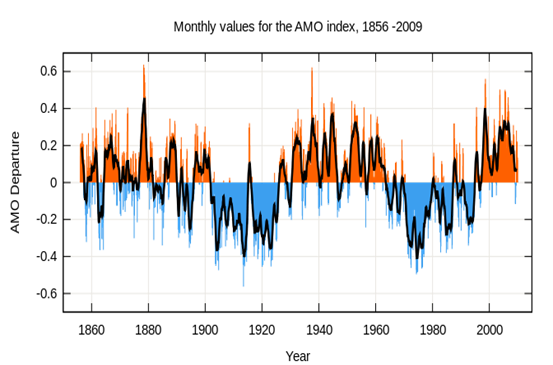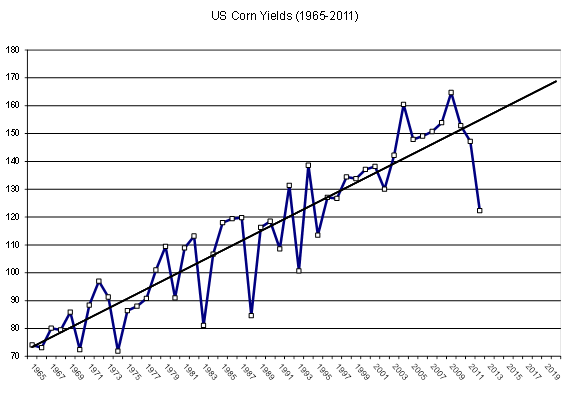For any of those who ever grew up or lived in New England, any conversation about the weather invariably contained the phrase “if you don’t like the weather, wait a minute”. That was a testimony to the changeable nature of New England weather, but with a simple change of the time frame, it can apply to the conditions across much of the northern hemisphere, if not the globe. We have mused in this blog about the “changed background state” of the climate, with the Pacific Ocean moving more deeply into the negative phase of the PDO, and the Atlantic Ocean continuing to be in a positive AMO (see previous posts for more details). As a refresher, that has not been the case for much of the “advanced period” of climatic studies and by that I mean the time that coincided with the rapid development of satellite technology and its ability to cover an ever greater part of the globe to feed the insatiably hungry operational and long term models of both weather and climate. I say insatiably for even though we have advanced the global data coverage and significantly advanced the computational power to digest them, unless we have perfect global data coverage and of course the computational capacity to churn all that out in a useful time frame, the models must make some assumptions. And that is what makes them imperfect. Better every year yes, but imperfect nonetheless. As a lifelong meteorologist/climatologist I have throughout my career continually witnessed the disappointment with a “model” or forecast. It is clear market users expect a greater certainty in these forecasts than they are capable of delivering. That does not make them invaluable of course, just means there applicability needs to be driven by experience, not by output.
Having said this, the key question becomes what will summer 2013 be like? As the last few summers have disappointed, are we stuck in a rut? Due? Neither? The focus is on the tropical Pacific (El Nino, La Nina, neutral?) and the global oceans. But as noted above, each year brings another opportunity to learn. There are a some relatively new terms out there, GLAAM comes to mind. It stands for global atmospheric angular momentum, though despite the catchy acronym it is not a staple of cocktail parties yet. GLAAM is not easy in the physical sense to describe. But in research done by some (notably at CWG)…and what follows are my interpretation…it indicates to what degree the state of the tropical pacific will “connect” with the global climate system. Thus, it may be El Nino or La Nina like, but if the “circuit” is turned off, the expected impact will not be felt.
Thus is but just one example of the continual evolution of the climate system, especially as regards the ability to forecast in the 3 week to 3 month timeframe. A scant twenty years ago researched focused in “fixed” ocean temperature areas or patterns and were able to discern a few signals….but these fixed patterns showed up infrequently leaving many years as “no significant signal” discerned. Now a warm pool in the central Pacific means something very different from the eastern Pacific, and even more so depending upon what months these occur in. Same for the Atlantic and for the tropics, GLAAM, ENSO, etc. So, from this vantage point, the climate continues to be more “extreme”, being dictated by the background state referred to in the opening. Droughts, late frosts, currently excessive wetness….and at some point in time early frosts, droughts elsewhere. Do not construe this as a forecast that these will occur every year….but the historical record will tell you under certain “longer term” background states, they are more common than we have been used to in the last 30 years.
Forecasts of all kind are slowly but surely better. But in a nod to the imperfection noted earlier…..”every theory on the course of events in nature is necessarily based on some simplification of the phenomena observed and to that extent is therefore a fairy tale”. – Sir Napier Shaw, Manual of Meteorology. You’d be best to bear that in mind.
Flat Earth Risk Management
5.28.13




